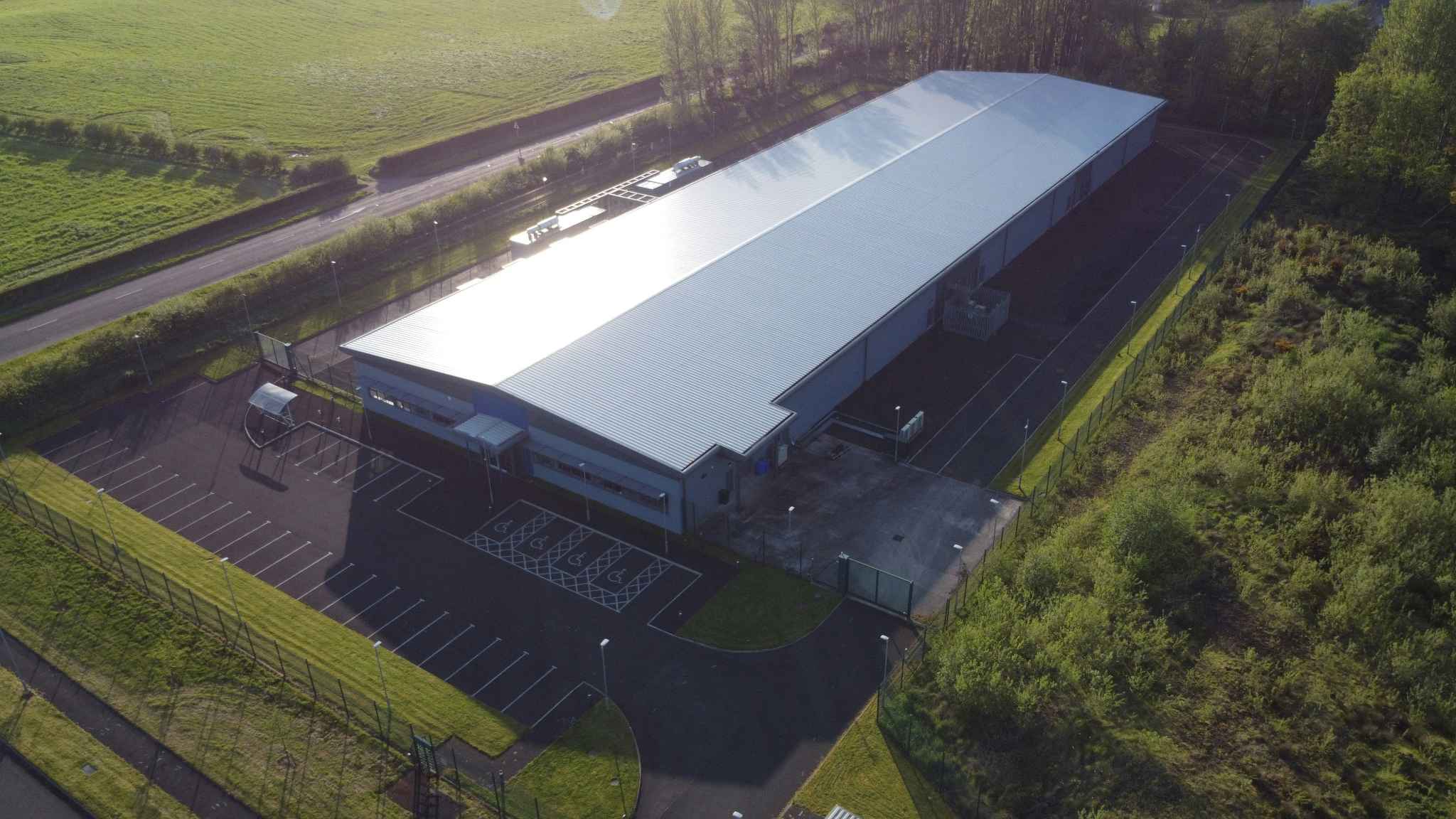
Data Centre Demand Set to Surge to 160% by 2030
Data centre demand will surge 160% by 2030 — CFP Energy urges, “We need sustainable solutions now.”
Reducing data centre carbon emissions is a major challenge for technology companies as the demand for online and AI services continues to grow at an exponential rate. But creating the green data centre of the future isn’t a fantasy, real solutions are here, today.
Our research shows that European data centres are facing a range of challenges preventing them from going green, with many falling way behind net zero targets.
0%
Are falling behind their energy transition & decarbonisation plans
0%
Cite a lack of technology as the main barrier to net zero
0%
Are failing to mitigate the risk of higher carbon compliance costs
CFP Energy can help deliver a green power supply while also reducing your Scope 1-3 emissions through a range of solutions.
Data centres can purchase green certificates like REGOs or GOs to prove the use of renewable electricity, supporting energy transition goals, lowering Scope 2 emissions, and enhancing credibility with customers, regulators, and investors focused on clean digital infrastructure. Data centres can purchase green certificates like REGOs or GOs to prove the use of renewable electricity, supporting energy transition goals, lowering Scope 2 emissions, and enhancing credibility with customers, regulators, and investors alike.
While not widely used for electricity, biofuels can power backup generators or on-site logistics. Switching from diesel to renewable alternatives lowers carbon emissions and improves alignment with sustainability targets and clean energy standards in digital operations.
Data centres can offset unavoidable emissions — such as from embodied carbon in hardware or emergency power — with high-quality voluntary carbon credits, allowing operators to progress towards net zero while maintaining high resilience and uptime standards.
As emissions regulations expand, some large-scale or colocated data centres may fall under ETS-like schemes. Understanding compliance obligations and preparing early supports reputational risk management and futureproofs operations in a more regulated energy environment.
Power Purchase Agreements allow data centres to secure long-term renewable electricity directly from generators. This provides cost stability, reduces Scope 2 emissions, and supports the development of new clean energy infrastructure aligned with digital sector growth.
Structured energy contracts and liquidity tools allow data centres to hedge against electricity price volatility, secure renewable energy supplies, and optimise capital allocation across sites — crucial in high-demand environments requiring predictable energy and cost planning.

Data centre demand will surge 160% by 2030 — CFP Energy urges, “We need sustainable solutions now.”

Data Centre World - As global demand for data processing surges and with it, an increase in energy demand …

CFP Energy's survey shows that 90% of data centres in the UK, France, and Germany have decarbonisation s…
Yes, data centres can run on renewable energy like solar, wind, and hydro. Green data centres integrate on-site generation or power purchase agreements to lower carbon emissions. Using clean energy improves PUE (Power Usage Effectiveness), supports net zero goals, and ensures high uptime while reducing dependence on fossil fuels.
Data centres contribute 2–3% of global carbon emissions due to high energy demands. Factors include server workloads, cooling systems, and inefficient power usage. Optimising PUE, sourcing renewable electricity, and virtualisation reduce environmental impact. Sustainability strategies help manage the data centre’s carbon footprint while maintaining reliability and operational efficiency.
Sustainable data centres leverage energy-efficient cooling, advanced airflow management, low-PUE designs, and renewable power. Implementing AI-based workload optimisation, liquid cooling, and modular architecture lowers energy consumption. Certifications like ISO 50001 and LEED validate sustainability efforts. These practices enhance uptime, reduce OPEX, and meet ESG and green IT standards.
Data centres consume vast electricity—often 100 to 200 megawatts for hyperscale facilities. High-density server racks, 24/7 uptime requirements, and cooling systems drive usage. Power demand depends on design, redundancy, and workload. Lowering PUE and using renewable energy improves efficiency while meeting the demands of cloud computing and big data.
A green data centre minimises environmental impact using energy-efficient hardware, low PUE, and renewable energy. It supports carbon-neutral or net zero goals and often holds certifications like BREEAM or ISO 14001. Smart cooling, real-time monitoring, and sustainable operations reduce emissions, ensuring high uptime with optimised resource usage and lower operating expenditure (OPEX).